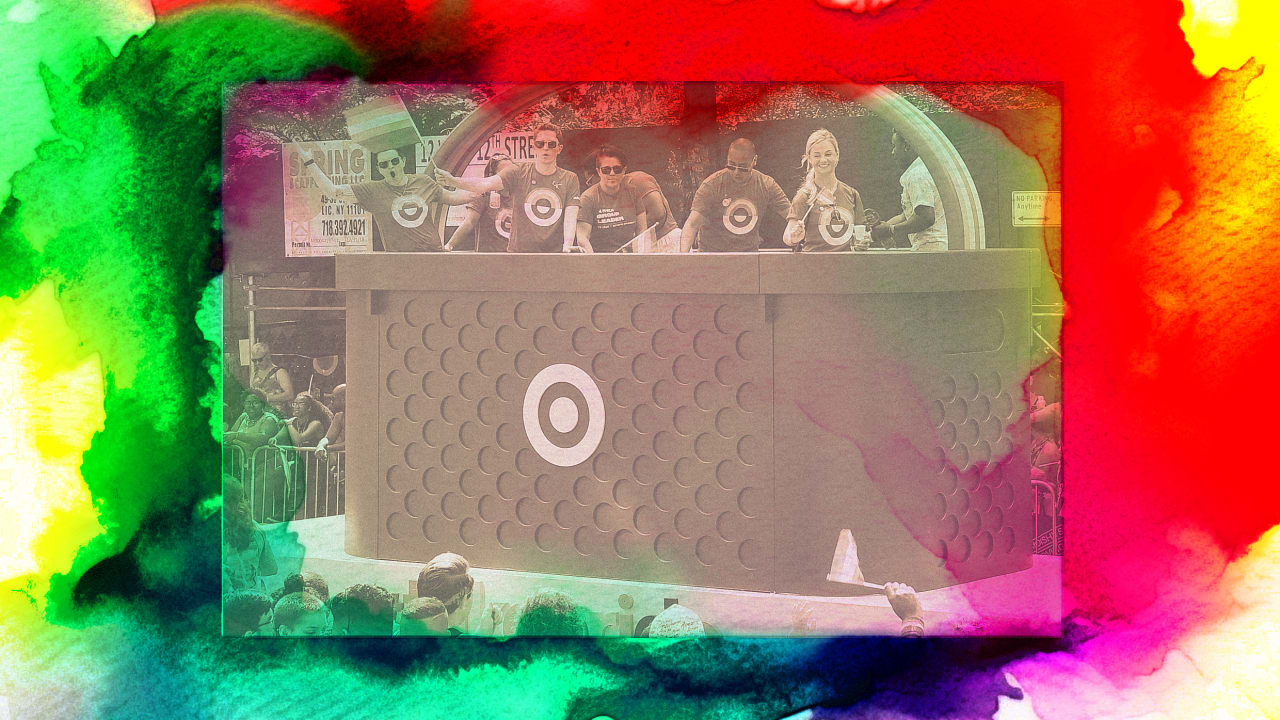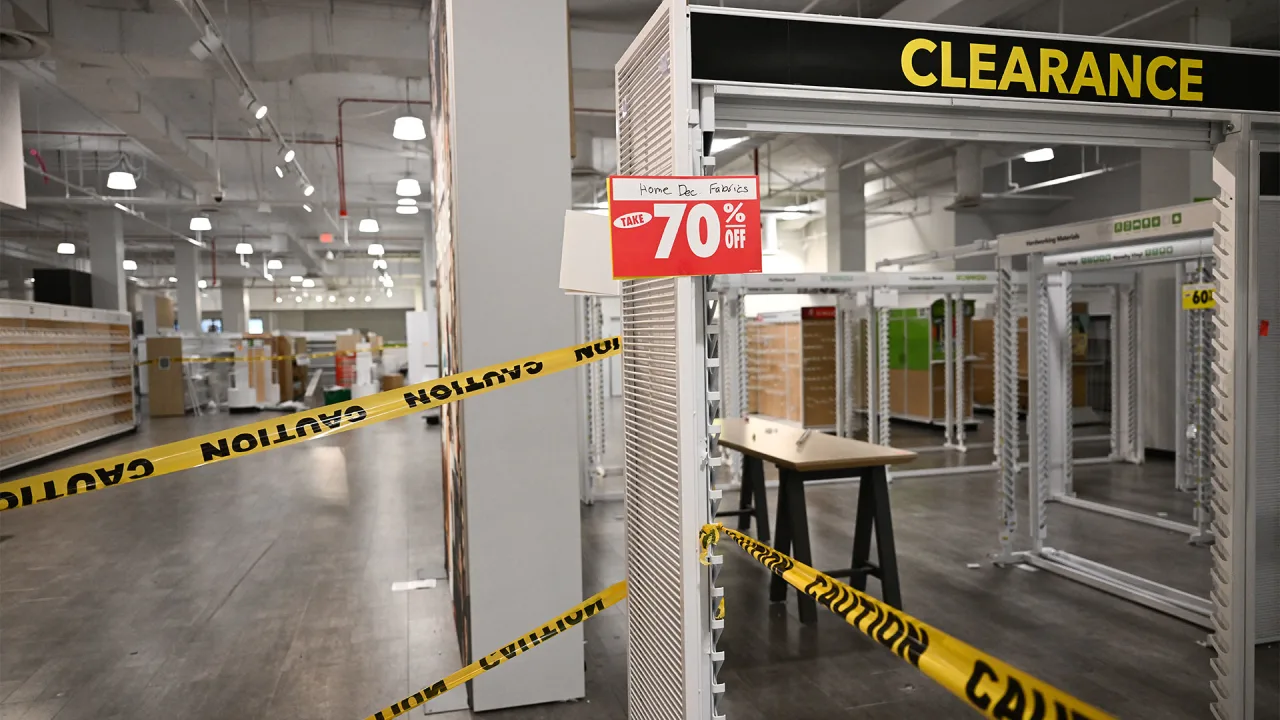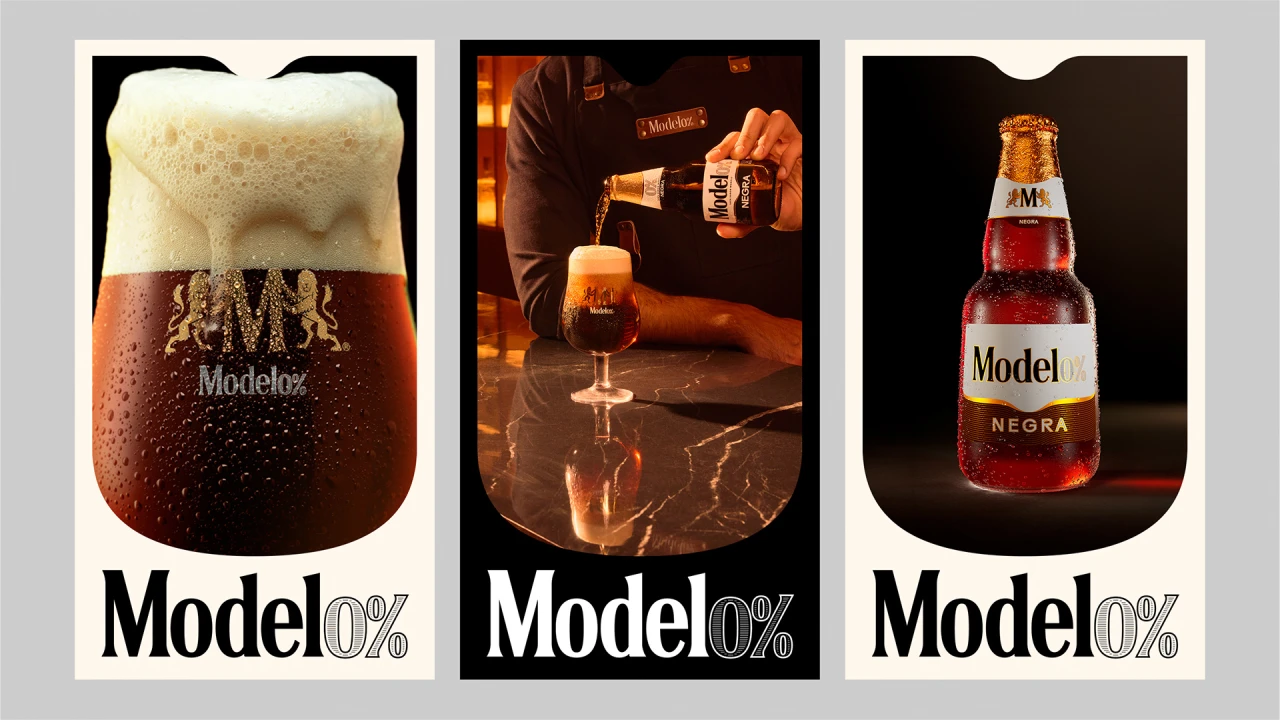With LeBron Barbies and Cybertruck replicas, Mattel aims to get adults to buy toys
Barbie x Keiichi Tanaami. Hot Wheels x Daniel Arsham. Masters of the Universe x Virgil Abloh. Uno x Shantell Martin, Takashi Murakami, Gary Baseman, Kartell . . . These collaborations might sound like an Andy Warhol pop fever dream, but they’re very real within Mattel Creations, the toy powerhouse’s hub for innovation and premium collectibles, which is celebrating its fifth anniversary as it continues carving out all-new business for the company. In February 2020, when the Cybertruck was more an anomalous conceptual piece of pop culture than a concrete political statement, Mattel was celebrating its 75th anniversary. The toy company launched its experimental wing—and its first official product—a 1:10 scale remote-control Cybertruck created in consultation with Tesla’s chief designer. The replica was priced at $400, could cruise up to 25 miles per hour, and even came with a cracked window decal. “It was hobby-grade, large-scale, and full-control,” Chris Down, Mattel’s chief design officer, says. “It was absolutely beautiful, but not something that you would see at the local Walmart. Within three or four hours, it completely sold out.” Chris Down [Photo: courtesy Mattel] In doing so, Down says it became the first real proof point that a high-end collectible platform could be viable for Mattel. It showed that the brand could connect with enthusiasts with more spending power than its average customer by creating high-quality toys with a luxe packaging and unboxing experience. And that was prescient. According to Circana, global toy market sales declined 0.6% in 2024. At the same time, sales of collectible toys increased 5%, accounting for 18% of overall volumes. Toy sales have been on the decline over the past couple of years at large, but adults have been buying more for themselves, a phenomenon that kicked into gear around the pandemic, and has only increased since. Down says that adult consumers have become Mattel’s fastest-growing consumer segment. Sales at the toy purveyor were down 1% last year, but perhaps it has a secret weapon in Mattel Creations, which a rep for the brand says has risen to become the company’s fourth-largest domestic retail point, and its fifth-largest globally. [Photo: courtesy Mattel] MSCHF AND MASHUPS The brand within a brand takes its name from the sign that hung above the company’s original 1945 garage/workshop in Los Angeles. When Mattel launched Creations, Down says the goal was to hearken back to a creative time of product ideation and business models, offering “a reset of how we think about opportunities.” And it’s one that Mattel’s employees apparently love as much as toy collectors do. The core Creations team is made up of 20 to 25 people overseeing 150 to 200 high-quality limited-edition products annually, from exclusives like that first Cybertruck to artist collaborations, mashups, and more. But that team is also a conduit within Mattel HQ in El Segundo, California, to the company’s larger beloved brands like Barbie, Hot Wheels, and Masters of the Universe. And the focus is on craft. “From a design/product development and a care point of view, we put more into every single one of those items than we do on a $1 die-cast car that sells . . . half a billion units across the board,” Down says. “It’s good for Mattel, it’s good for the fans, it’s good for the creators. The teams internally love the stuff because it also showcases some of their most interesting work.” Barbie x Tanaami [Photo: courtesy Mattel] That includes, say, a hypnotic, kaleidoscopic Barbie from pop art icon Keiichi Tanaami, alongside his Uno card deck and Magic 8-Ball (a life-size version of the Barbie was featured in his Tokyo career retrospective); a rusty, Frankensteined Hot Wheels “Not Wheels” by art collective MSCHF, created in “homage to the beat-up but reliable car that many drivers start off with,” as Mattel puts it; various Monster High mashups, with partners like Squid Games and Beetlejuice; and exclusives for the Barbie, Hot Wheels, Monster High, and Masters of the Universe fan clubs, which Mattel Creations has helped grow over the past five years. LeBron James Ken doll [Photo: courtesy Mattel] Reps for the brand declined to say how much it all contributes to Mattel’s bottom line, but the effort appears to be worth its weight in marketing gold—particularly when a product like the LeBron James Ken doll goes viral, as it did earlier this year. THE ART OF THE DROP While some Mattel Creations toys are sold outside of the brand’s dedicated site, the artist collaborations are entirely exclusive to it, and they have been a signature part of the innovation lab since the start. How do they come together? Organically, Down says. Mattel Creations works 12 to 24 months out, and the collaborations begin as conversations. “They may never turn into anything,” Down says. “It’s not something that you can force.” Barbie x Mark Ryden [Photo: cour
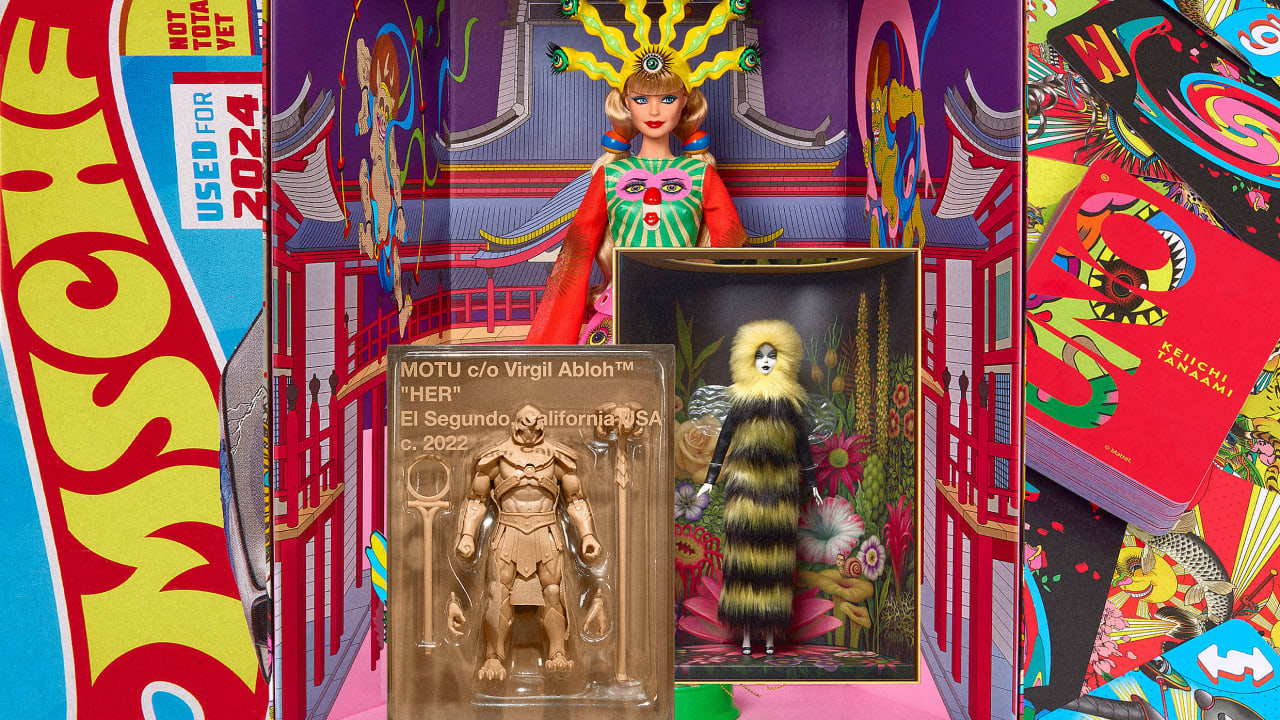
Barbie x Keiichi Tanaami. Hot Wheels x Daniel Arsham. Masters of the Universe x Virgil Abloh. Uno x Shantell Martin, Takashi Murakami, Gary Baseman, Kartell . . .
These collaborations might sound like an Andy Warhol pop fever dream, but they’re very real within Mattel Creations, the toy powerhouse’s hub for innovation and premium collectibles, which is celebrating its fifth anniversary as it continues carving out all-new business for the company.
In February 2020, when the Cybertruck was more an anomalous conceptual piece of pop culture than a concrete political statement, Mattel was celebrating its 75th anniversary. The toy company launched its experimental wing—and its first official product—a 1:10 scale remote-control Cybertruck created in consultation with Tesla’s chief designer. The replica was priced at $400, could cruise up to 25 miles per hour, and even came with a cracked window decal.
“It was hobby-grade, large-scale, and full-control,” Chris Down, Mattel’s chief design officer, says. “It was absolutely beautiful, but not something that you would see at the local Walmart. Within three or four hours, it completely sold out.”

In doing so, Down says it became the first real proof point that a high-end collectible platform could be viable for Mattel. It showed that the brand could connect with enthusiasts with more spending power than its average customer by creating high-quality toys with a luxe packaging and unboxing experience.
And that was prescient. According to Circana, global toy market sales declined 0.6% in 2024. At the same time, sales of collectible toys increased 5%, accounting for 18% of overall volumes. Toy sales have been on the decline over the past couple of years at large, but adults have been buying more for themselves, a phenomenon that kicked into gear around the pandemic, and has only increased since.
Down says that adult consumers have become Mattel’s fastest-growing consumer segment. Sales at the toy purveyor were down 1% last year, but perhaps it has a secret weapon in Mattel Creations, which a rep for the brand says has risen to become the company’s fourth-largest domestic retail point, and its fifth-largest globally.
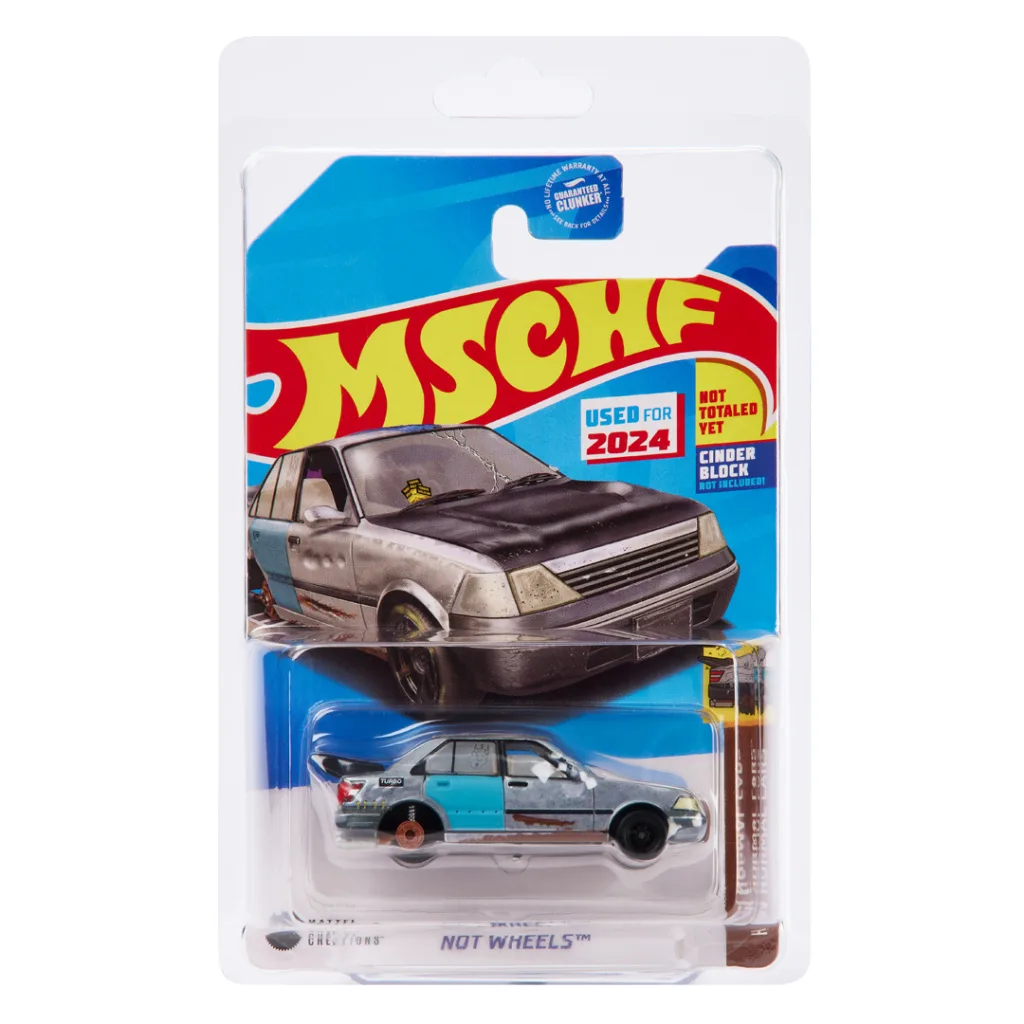
MSCHF AND MASHUPS
The brand within a brand takes its name from the sign that hung above the company’s original 1945 garage/workshop in Los Angeles. When Mattel launched Creations, Down says the goal was to hearken back to a creative time of product ideation and business models, offering “a reset of how we think about opportunities.”
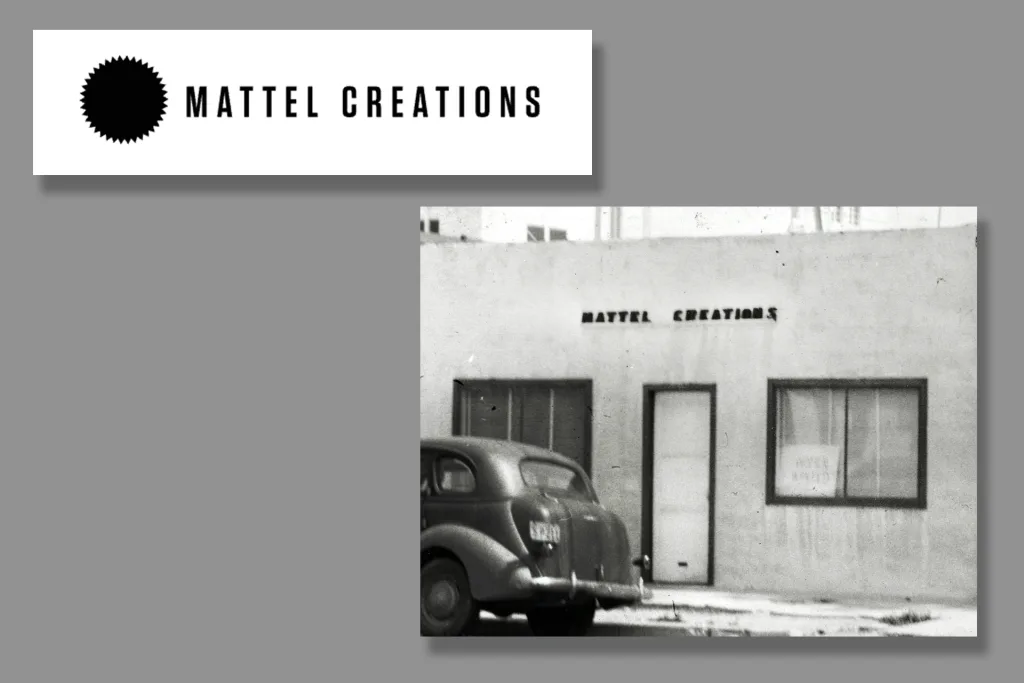
And it’s one that Mattel’s employees apparently love as much as toy collectors do. The core Creations team is made up of 20 to 25 people overseeing 150 to 200 high-quality limited-edition products annually, from exclusives like that first Cybertruck to artist collaborations, mashups, and more. But that team is also a conduit within Mattel HQ in El Segundo, California, to the company’s larger beloved brands like Barbie, Hot Wheels, and Masters of the Universe. And the focus is on craft.
“From a design/product development and a care point of view, we put more into every single one of those items than we do on a $1 die-cast car that sells . . . half a billion units across the board,” Down says. “It’s good for Mattel, it’s good for the fans, it’s good for the creators. The teams internally love the stuff because it also showcases some of their most interesting work.”
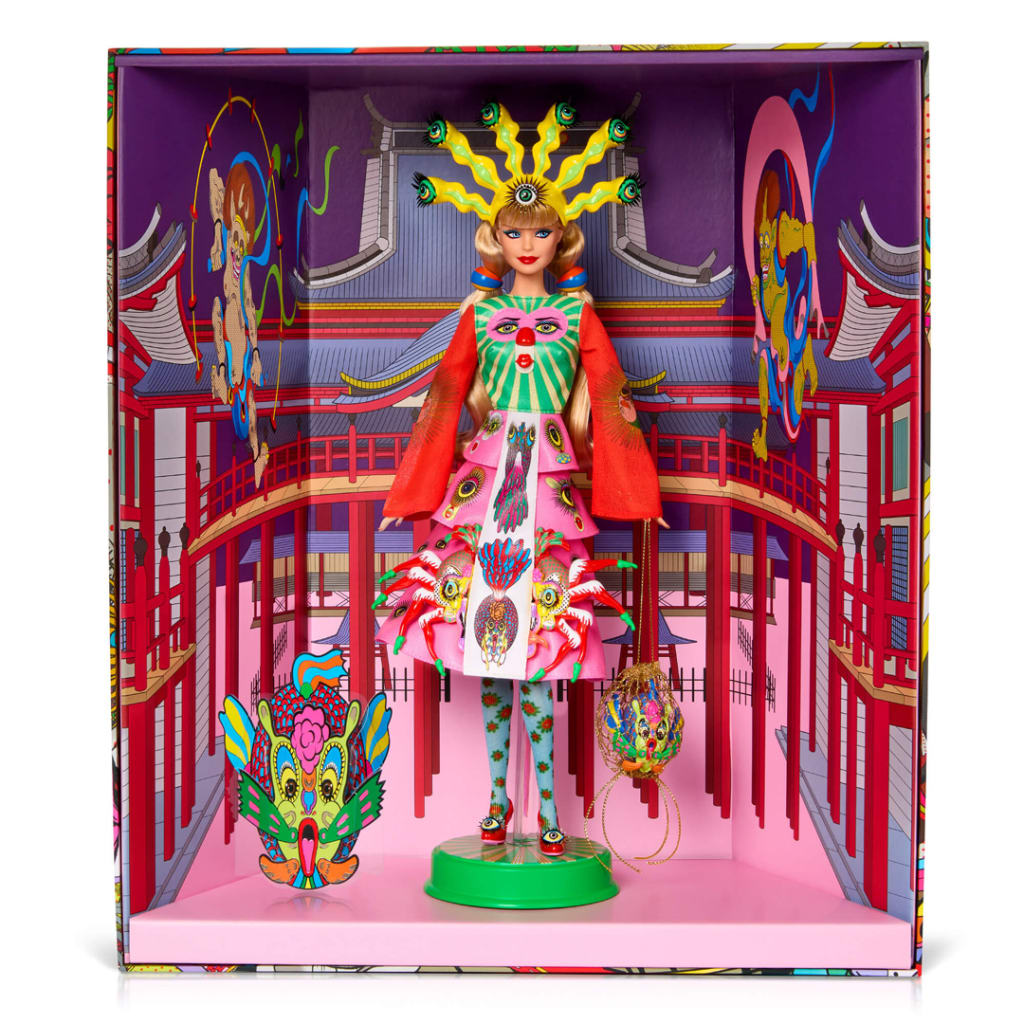
That includes, say, a hypnotic, kaleidoscopic Barbie from pop art icon Keiichi Tanaami, alongside his Uno card deck and Magic 8-Ball (a life-size version of the Barbie was featured in his Tokyo career retrospective); a rusty, Frankensteined Hot Wheels “Not Wheels” by art collective MSCHF, created in “homage to the beat-up but reliable car that many drivers start off with,” as Mattel puts it; various Monster High mashups, with partners like Squid Games and Beetlejuice; and exclusives for the Barbie, Hot Wheels, Monster High, and Masters of the Universe fan clubs, which Mattel Creations has helped grow over the past five years.
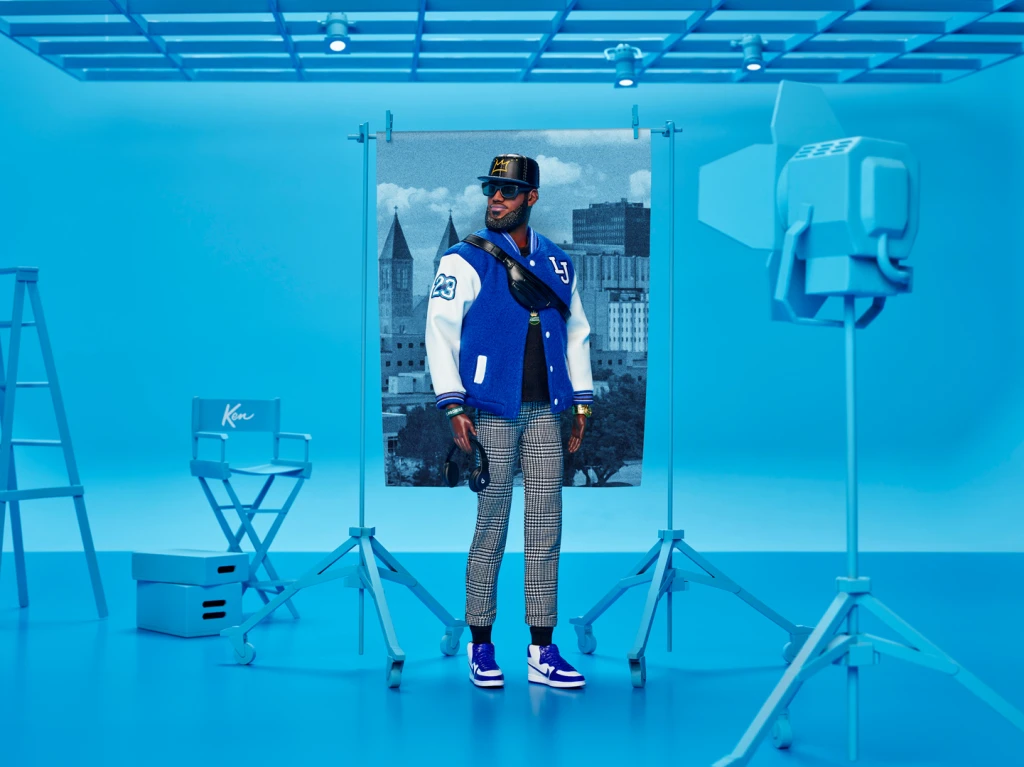
Reps for the brand declined to say how much it all contributes to Mattel’s bottom line, but the effort appears to be worth its weight in marketing gold—particularly when a product like the LeBron James Ken doll goes viral, as it did earlier this year.
THE ART OF THE DROP
While some Mattel Creations toys are sold outside of the brand’s dedicated site, the artist collaborations are entirely exclusive to it, and they have been a signature part of the innovation lab since the start.
How do they come together? Organically, Down says. Mattel Creations works 12 to 24 months out, and the collaborations begin as conversations. “They may never turn into anything,” Down says. “It’s not something that you can force.”

Other times, it’s kismet. Take painter Mark Ryden. Down says Barbie was a muse to the artist and had played a role in some of his pop surrealist creations, so collaborating on a set of dolls was effortless. Likewise with Masters of the Universe and Japanese artist Madsaki, who Down says learned English while watching the cartoons.
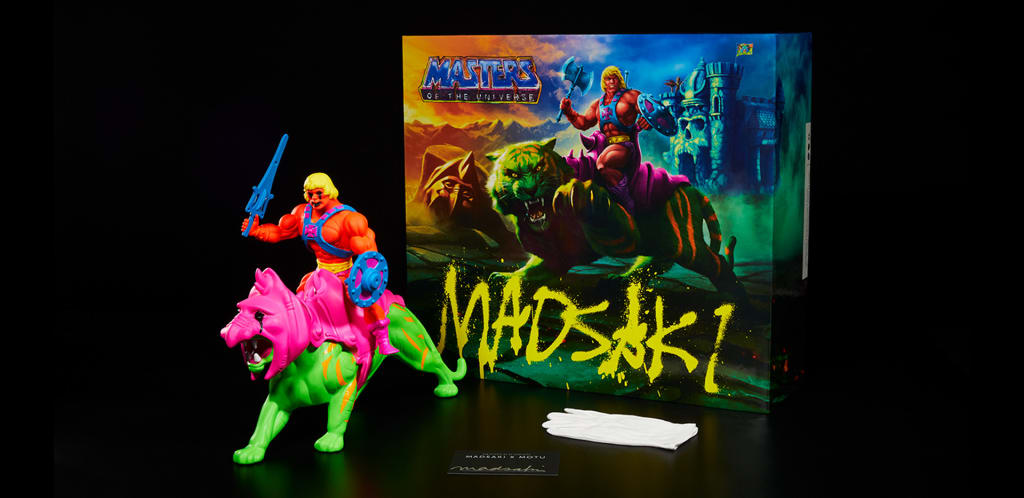
The artist dictates the brand and format they’d like to create within—and ultimately the artist brings their fan base to the subsequent product, which no doubt is a boon to Mattel.
Given the experimental nature of Mattel Creations, the product runs are sometimes as small as a few hundred and go up to the tens of thousands. Styling toy launches as “drops” kicks up the fervor, and has become a signature of the brand, with more than 100 over the past five years.
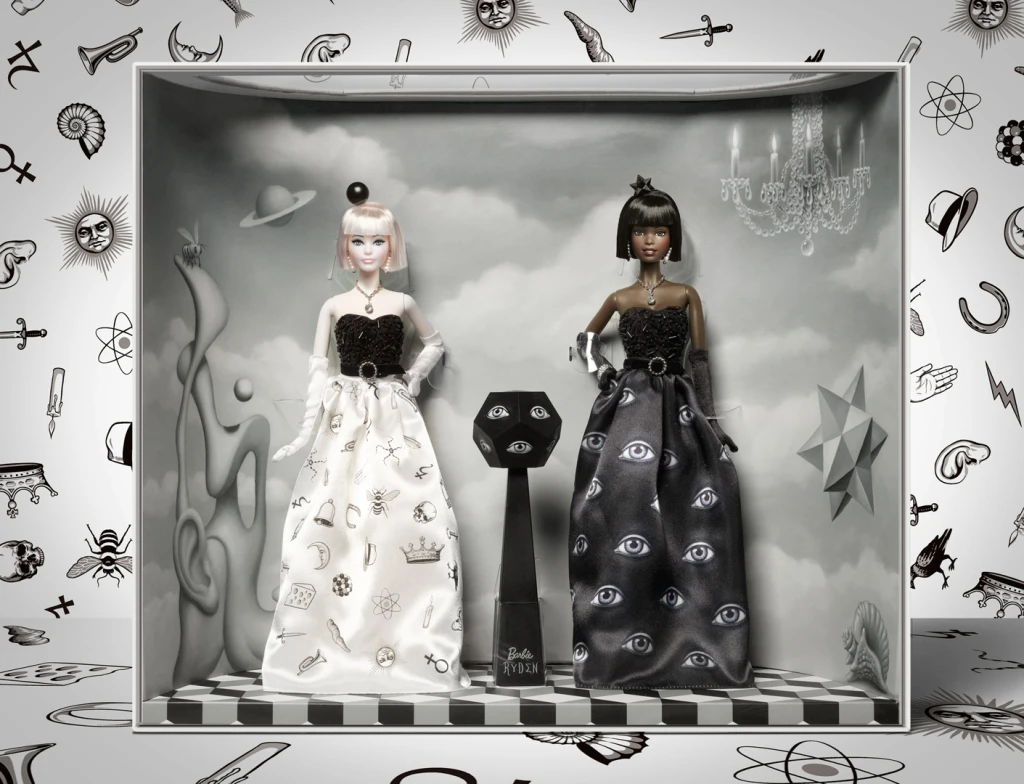
On occasion, Mattel Creations has even tested ideas with crowdfunding—sometimes to success in the case of, say, the WWE Ultimate Edition New Generation Arena, and sometimes not, in the case of Jurassic World the Gates. For the latter, that might mean 1,600 disappointed dino franchise fans, but for Mattel, fewer unsold units sitting in a warehouse (read: fewer duds).
“Not everything works,” Down says, “but a lot of what we put on Creations has exceeded our expectations in terms of how quickly it sells through—and how much it sells through.”
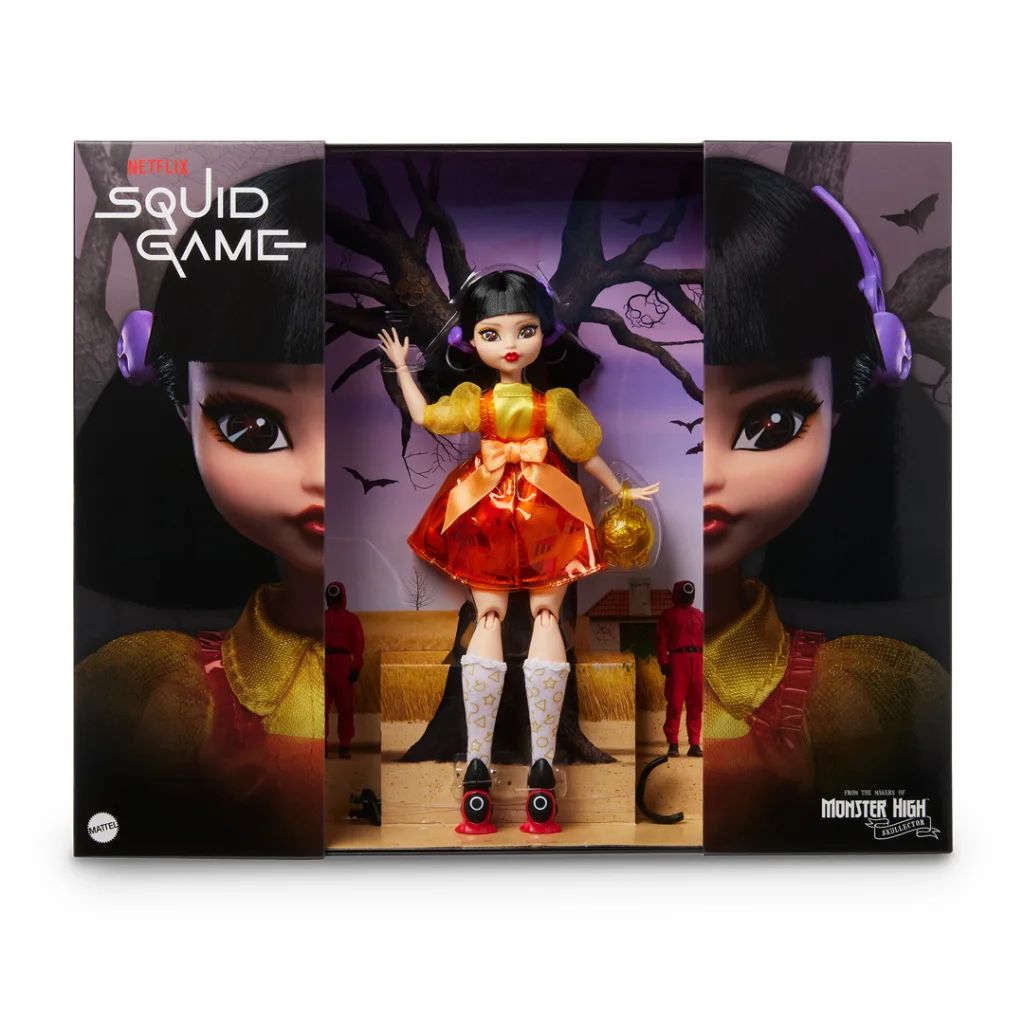
WHITE SPACE
This year Mattel Creations debuted its second live Apple-style annual event, “Revealed,” where it announced what fans could expect from the year to come. Down says the brand is focused on new ways of engaging with those fans, as well as expanding the type of creators it’s partnering with on new products.
Ultimately, “It’s been a compelling creative experiment,” he says. “Our marketers, our folks in digital and e-comm, and our business leaders are also excited by it . . . because it represents white space—and it fuels the rest of brand health and actually creates interest, where people start to realize the dimensionality of how our brands show up.”



